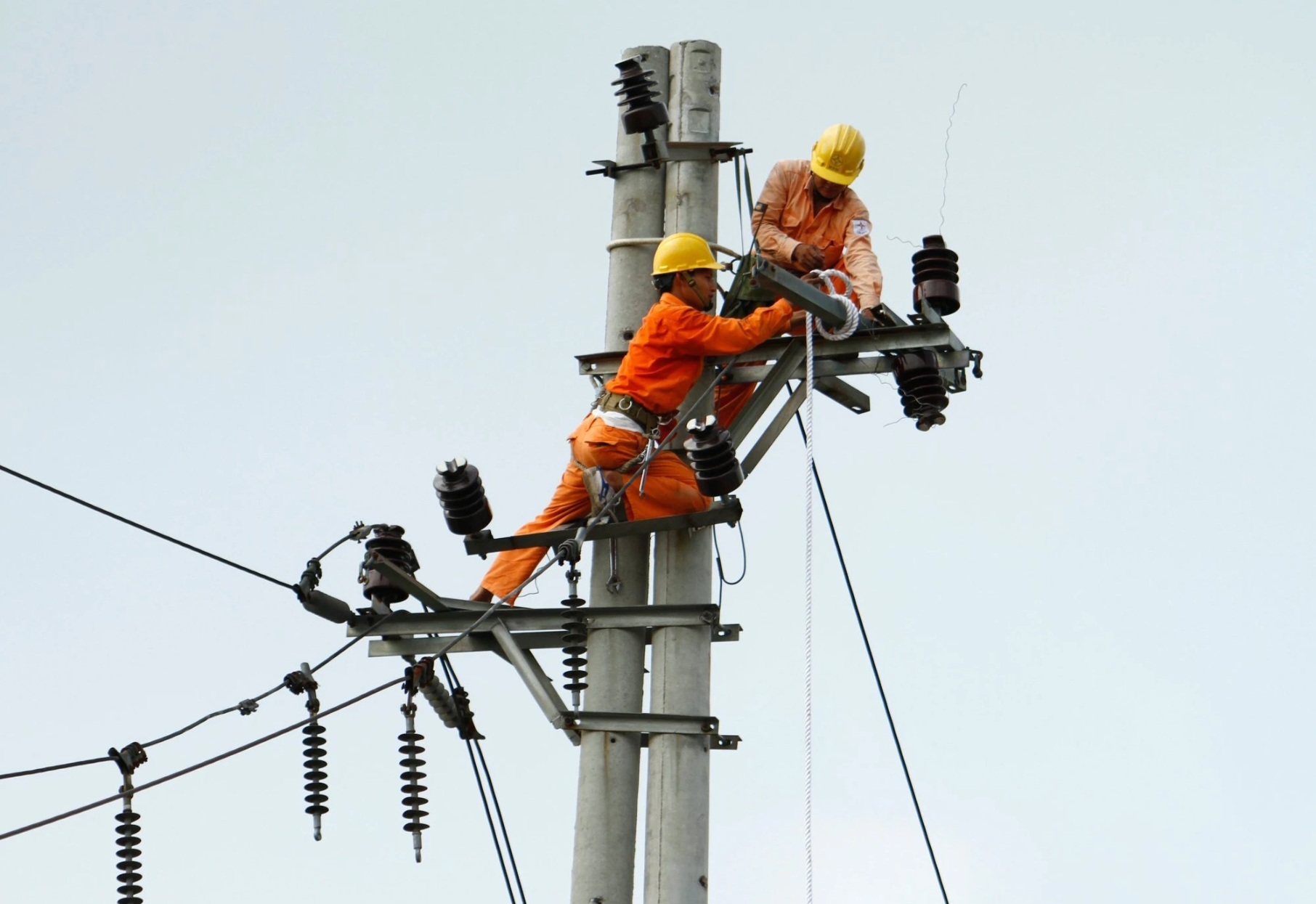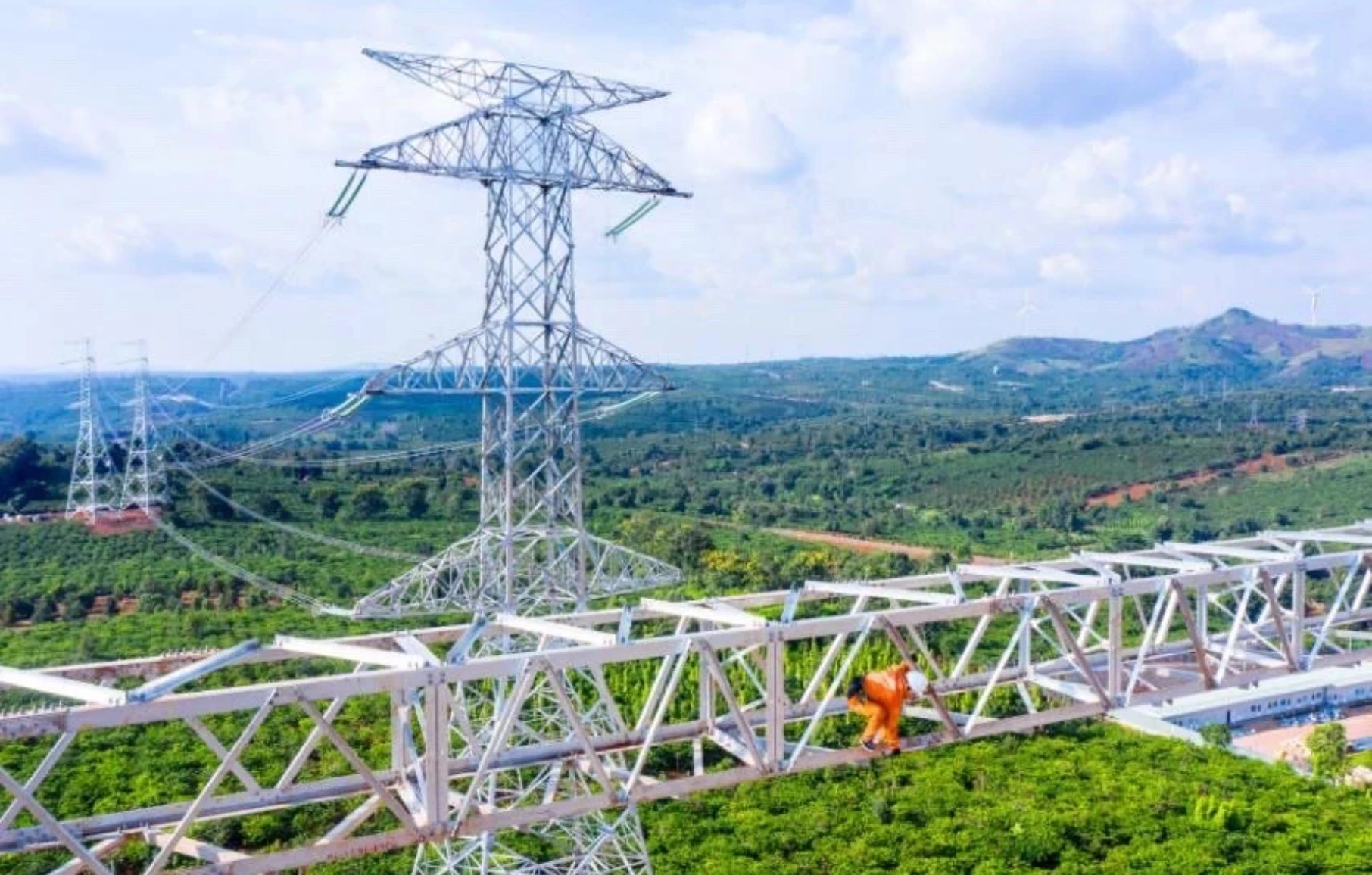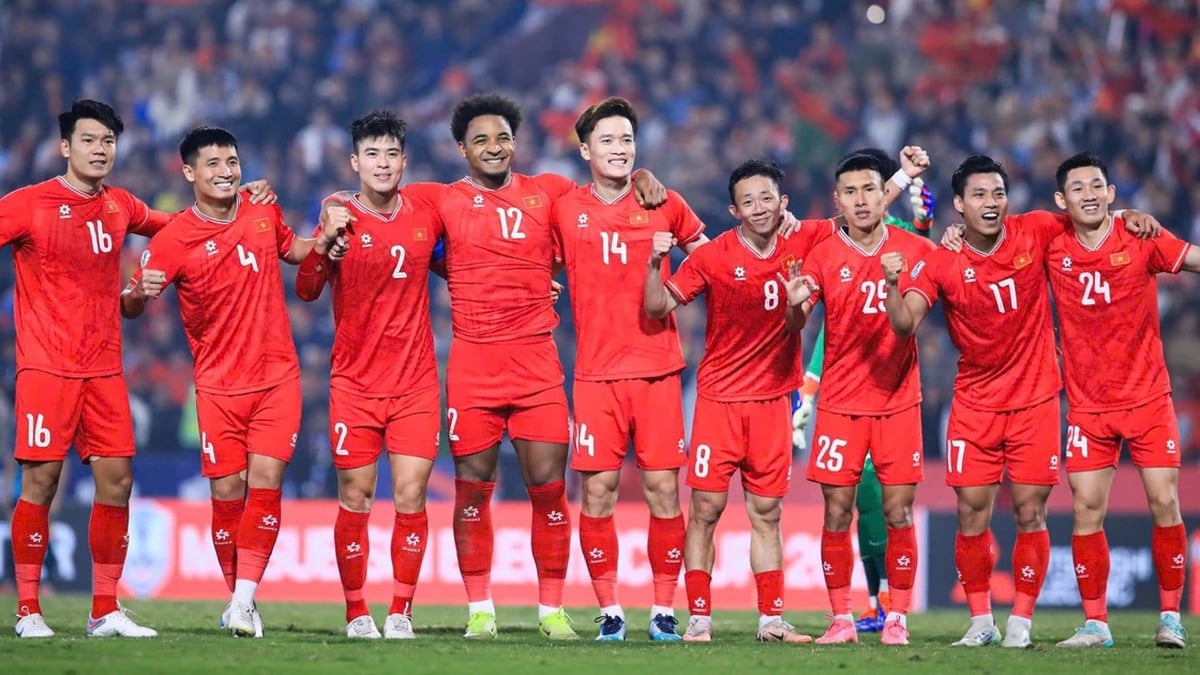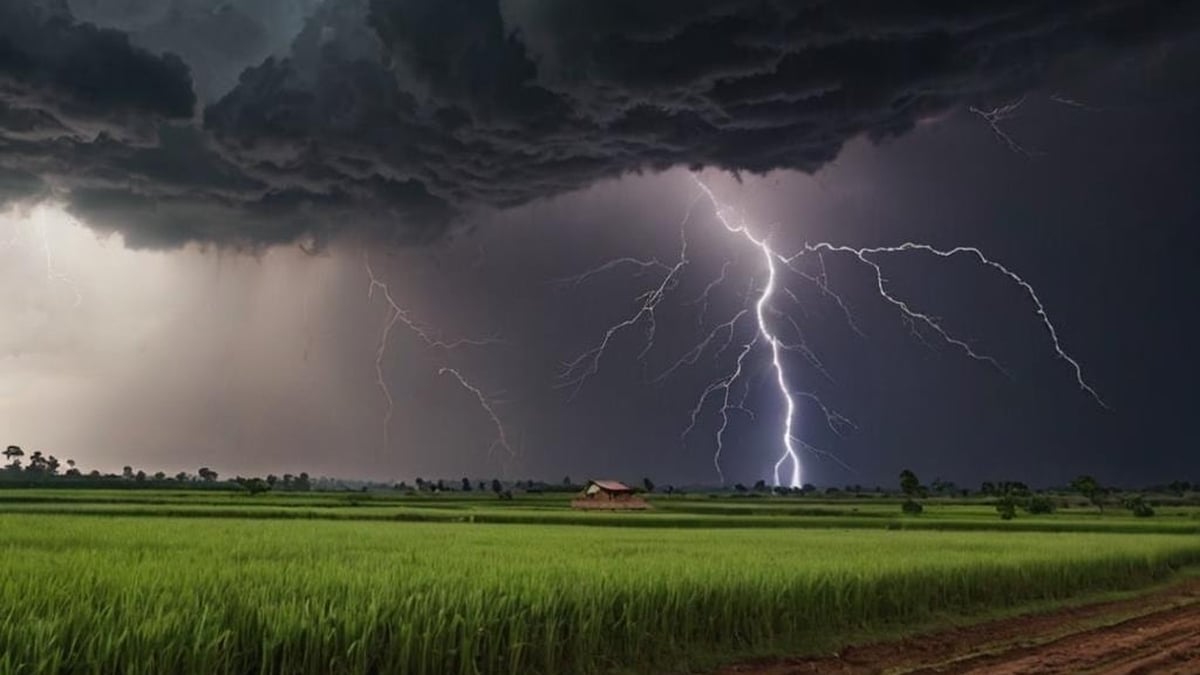Roadmap to a competitive retail electricity market
The elimination of monopoly in the electricity industry has been considered for more than 10 years at 3 levels: competitive electricity generation market, competitive wholesale electricity market and competitive retail electricity market. Since 2012, the competitive electricity generation market has officially operated with 32 participating plants. By 2020, the number of participating units has increased to more than 100 plants. To date, EVN no longer has a monopoly on electricity generation, owning only 37%, private enterprises own 42%, the rest is held by other state-owned enterprises, BOT projects and a small proportion of about 1% is imported electricity.
In early 2019, the competitive wholesale electricity market officially operated. From now on, EVN is no longer the sole buyer of electricity, but 5 more power corporations participate, but all are state-owned enterprises, so it cannot be said that the monopoly is eliminated.

Cannot eliminate monopoly in electricity industry
To resolve the difficulties in viewpoints and policy orientations, on February 11, 2020, the Politburo issued Resolution No. 55-NQ/TW on the orientation of Vietnam's National Energy Development Strategy to 2030, with a vision to 2045, with the policy of "eliminating all monopolies and unreasonable barriers in the use of energy infrastructure facilities and services; having mechanisms and policies for investment in the construction of power transmission systems, separate from the state monopoly on power transmission. Maximizing socialization in investment and exploitation, use of energy sector facilities and services, including the national power transmission system on the basis of ensuring national defense and security".
The resolution also states: “Remove all barriers to ensure transparent energy prices determined by the market; do not cross-subsidize electricity prices between customer groups, between regions; the state regulates reasonably through market instruments (taxes, fees, funds, etc.) and appropriate social security policies”. This is an important premise to completely eliminate monopoly in the electricity industry.
Also since 2020, the Government has directed the Ministry of Industry and Trade to issue Decision 2093/QD-BCT (dated August 7, 2020) approving the project to design a competitive retail electricity market model with a clear roadmap through 3 stages. Until the end of 2021 is the preparation stage, from 2022 - 2024, electricity customers are allowed to buy electricity on the spot market. After 2024, customers are allowed to choose electricity retailers. To ensure the implementation of this roadmap, in early 2022, the National Assembly amended a number of articles of the Electricity Law (effective from March 1, 2022) to merge and amend a number of provisions of 9 other laws.
When the competitive retail electricity market operates, there will be many electricity retailers, including state-owned enterprises and private power plants participating. At that time, people and businesses can choose to buy electricity from whichever unit they find suitable.
When the transmission system remains a monopoly, how will electricity prices be determined by the market?
According to the competitive retail electricity market model, retailers will sell electricity directly to consumers. Retail electricity retailers will also participate in the competitive wholesale electricity market, meaning that wholesale electricity purchase is no longer the monopoly of state-owned enterprises but private enterprises will also participate. Customers can choose the electricity seller that suits them, from EVN, from private power plants or from other enterprises, through contracts with agreed prices.
If they do not buy electricity from EVN, how will non-EVN electricity sellers deliver electricity to customers when the transmission line is still managed by EVN? The electricity transmission system is a natural monopoly. Although the Politburo allows private investment in electricity transmission in addition to the state monopoly transmission line, in the near future this transmission system will remain the only one. The state will separate it into an independent system, unrelated to EVN's business activities, into a system shared by all enterprises of all economic sectors.
The electricity retailer will connect electricity to this system directly to the address of the consumer and will pay the transmission and dispatch costs to the system management unit. It will have to treat all users equally and transparently. If the customer does not like to buy electricity from this unit, he can terminate the contract to switch to a power purchase contract with another unit, but the electricity will still go through that transmission line, the customer does not have to move house or company to another location.
The electricity price will now include the agreed purchase price and a part of the transmission and dispatching costs. The transmission and dispatching prices are decided by the state but will also have to be based on the correct calculation of input and output according to market tools. Many countries, including the UK and the US, apply this method, not just ours. They only apply regulations so that this shared system is transparent and effective, without being monopolized.

In 2022, EVN lost 26,500 billion VND, in the first 6 months of this year, it lost more than 35,400 billion VND
When electricity retailers have to compete, they will have to produce electricity at the lowest cost or buy electricity at the lowest wholesale price. This will help electricity producers improve management and apply the most advanced technology without the direction of government agencies. They will also sell electricity to customers at the lowest price to be able to compete with other units. Those who are not competitive will be eliminated from the market.
The roadmap and model are already available. The problem is implementation. It requires early addition of laws, reform of the apparatus and strong direction from the Government. In the situation where the Director of EVN's Power Trading Company was prosecuted and detained, the General Director of EVN and a series of officials of the electricity industry and the Ministry of Industry and Trade were disciplined or prosecuted for serious violations in the management of the electricity industry, the implementation of electricity market reform is an unsolved problem.
The Ministry of Industry and Trade announced EVN's data showing that the cost of electricity production in 2023 is estimated at VND2,098/kWh, about VND178/kWh higher than the average retail price of electricity. According to the report of the State Capital Management Committee at Enterprises, in 2022, EVN lost VND26,500 billion, in the first 6 months of this year it lost more than VND35,400 billion, but due to the increase in electricity prices in May, the loss for the first 8 months of 2023 was VND28,700 billion.
What does this show? It shows that in the 3 months after the electricity price increase, EVN must have made a profit to reduce the loss of the first 6 months of the year. If the 3% increase only partially covers the cost and continues to make a loss, then the loss of 8 months must be higher than that of 6 months, why is it lower?
Source link





























































































![[Infographic] In 2025, 47 products will achieve national OCOP](https://vphoto.vietnam.vn/thumb/402x226/vietnam/resource/IMAGE/2025/7/16/5d672398b0744db3ab920e05db8e5b7d)





Comment (0)